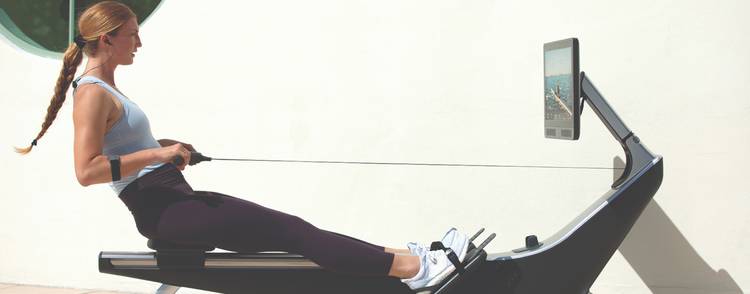
Perhaps you read our post on dealing with an injury but as a follow up, here are some ways to avoid, prevent and/or diminish the chance of injury.
- Know the proper technique(s): Before you start anything new – be it a sport, running or a new workout activity, get to know the proper technique. Ask a coach, friend, colleague or consult YouTube for pointers and information. Small inaccuracies in your form can actually irritate your joints and/or muscles which can lead to larger injuries.
- Safety first: in addition to learning the proper form you should also know any associated safeguards. Wear all the proper gear (mouth guards, helmets, belts, gloves, wraps etc.), know how to fall or when to have someone spot you. Learn where the emergency stop buttons are and wear your gear properly…even tying your shoes tightly can be key.
- Proper warm up: just like gym class, a proper warm up is key. Remember to warm up all the muscle groups you will be using. Many of us have felt that ankle pain when we suddenly try to run for the bus or at a cross-walk, warm up is a key way to avoid injury. A good warm-up should also include some aerobic exercise like a jog (walk first and increase speed) or some jump rope. Do these after you have completed your stretches.
- Stretching: Small stretches at the beginning of your workout as your warm up as well as at the end as part of your cool down are a great way to keep your body from feeling sore and keeps the blood flowing. If you are under 40 years old you should hold your stretches for 30 seconds, after the age of 40 keep your stretch for 60 seconds.
- Cool down: As mentioned in number 4 your body needs some time to decompress. You shouldn’t just stop at the end of a run without a short walking period. You will also want to stretch your legs at the end to decrease muscle stiffness. This applies to any workout you are doing. The cool down helps the body dispose of waste products that have built up in the muscles while exercising or playing. If you aren’t yet familiar with foam rollers, these can be a great cool down tool for you.
- Drink water: Staying hydrated is always important but especially when exercising. Because we sweat when working out, we lose fluid and electrolytes. It is important to replenish these as dehydration can cause injuries and discomfort (cramps, heat related injuries and even passing out).
- Use caution if you sustain an injury: If you sustain a head injury such as a concussion you should seek medical advice. Usually concussions mean steering clear of most physical activity until the doctor says you can return. Learn how to wrap your sprains or use things like rock tape to support any areas in which you have sustained a previous injury and therefore may be weak. Adjust your workouts accordingly as suggested in this post.
- Be prepared – have the tools you need. This applies to everything but ensure you have the proper nourishment and tools needed for your sport or workout. This can be a short list like a towel and water bottle or if you are going on a long hike may include things like GPS, bear mace, food, water etc.
These tips can help you to …. ALWAYS KEEP MOVING!


